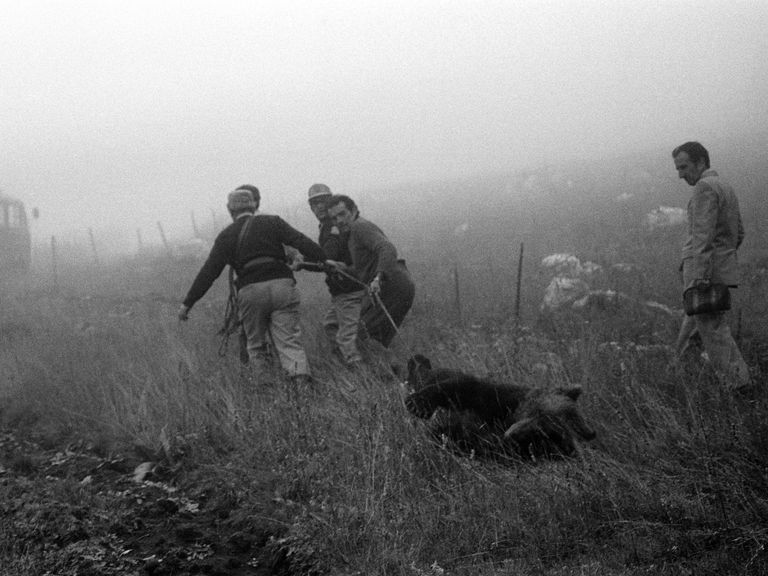Project Detail: La carne dell'orso
Contest:
Environment and Sustainability 2022
Brand:
LuganoPhotoDays
Author:
Carlo Lombardi
Project Info
La carne dell'orso
The project aims to provide a global vision on the fragile relationship between man and nature through an investigation into the ethical, symbolic and anthropological evolution of conservation practices adopted over time to protect Apennine bears. The work traces the history of the Abruzzo, Lazio and Molise National Park (PNALM) in a 100-year frame, based on the collection of images and archival texts of the Park depicting its landscape and fauna since 1922.
“That was bear meat. Now, many years have passed, and I regret having eaten so little of it. I think and hope that each of you has gleaned from life what I have. Well, none of these things, not even remotely, has the taste of bear meat: the taste of being strong and free, which means free to make mistakes; the taste of being your own master, which means master of the world.”
Primo Levi, The Periodic Table, Iron.
Concept
The project aims to provide a global vision on the fragile relationship between man and nature through an investigation into the ethical, symbolic and anthropological evolution of conservation practices adopted over time to protect Apennine bears. The work traces the history of the Abruzzo, Lazio and Molise National Park (PNALM) in a 100-year frame, based on the collection of images and archival texts of the Park depicting its landscape and fauna since 1922. The work analyzes the various ways in which our perception of what is considered ethically correct when it comes to nature conservation has been transformed, revealing how much this is influenced by the cultural context and the political climate in which this observation takes place. The project shows the proven threats to the Marsican brown bear, revealing how these are directly linked to human interference. The Apennine bear is on the Red List of the International Union for Conservation of Nature (IUCN), in the category of species “critically endangered”. Only 50 bears remain in the territory protected by the Park. The work aims to show the conservation actions taken to save bears, highlighting the renewed efforts based on applied research and the issues related to basic ecology and the human dimension. The research moves away from attributing human characteristics and qualities to the representation of bears, favoring a narrative aimed at instilling a doubt in the understanding of our personal relationship with wild animals, revealing how much this is conditioned by the needs and desires we have towards the nature.


















